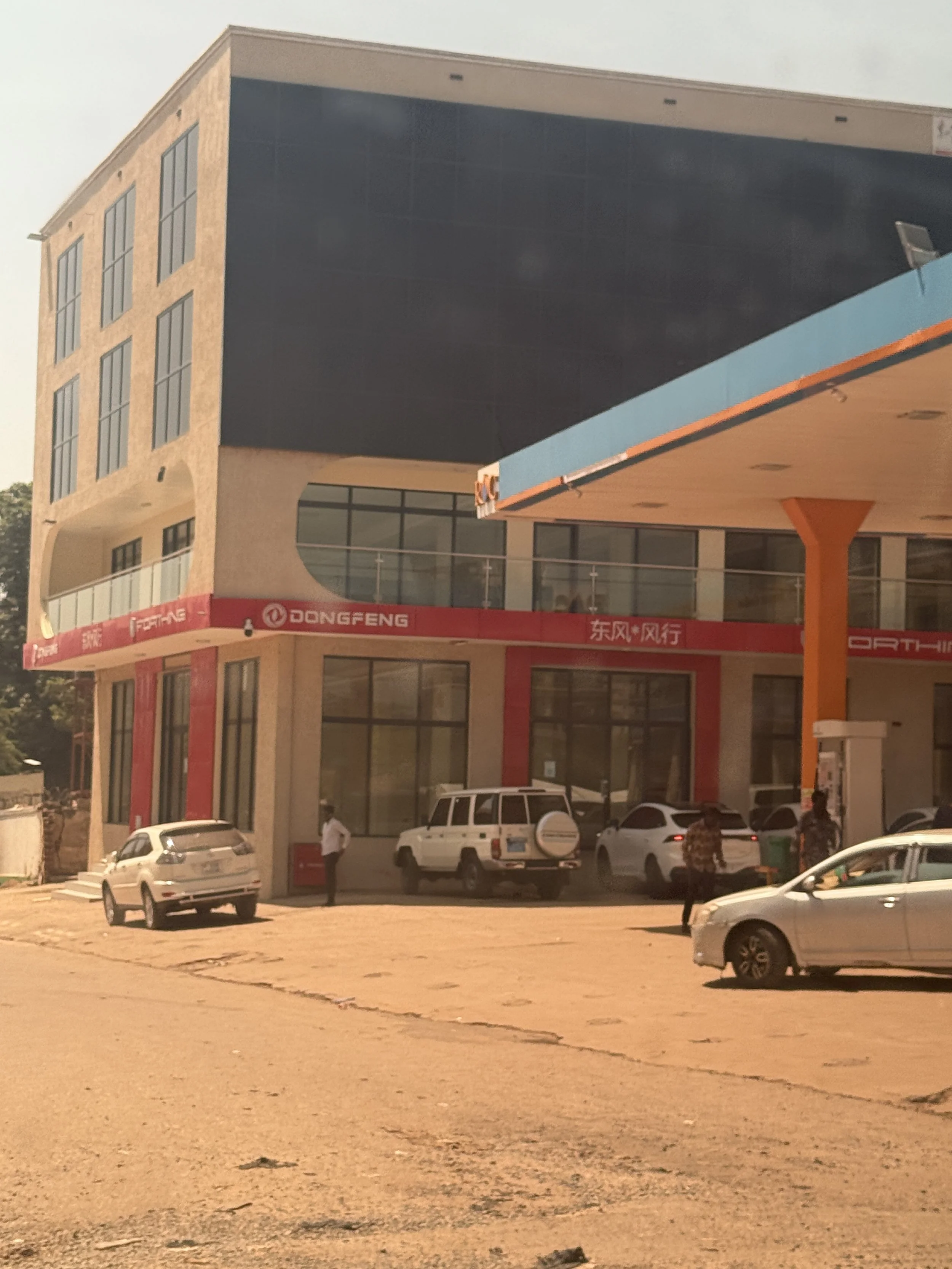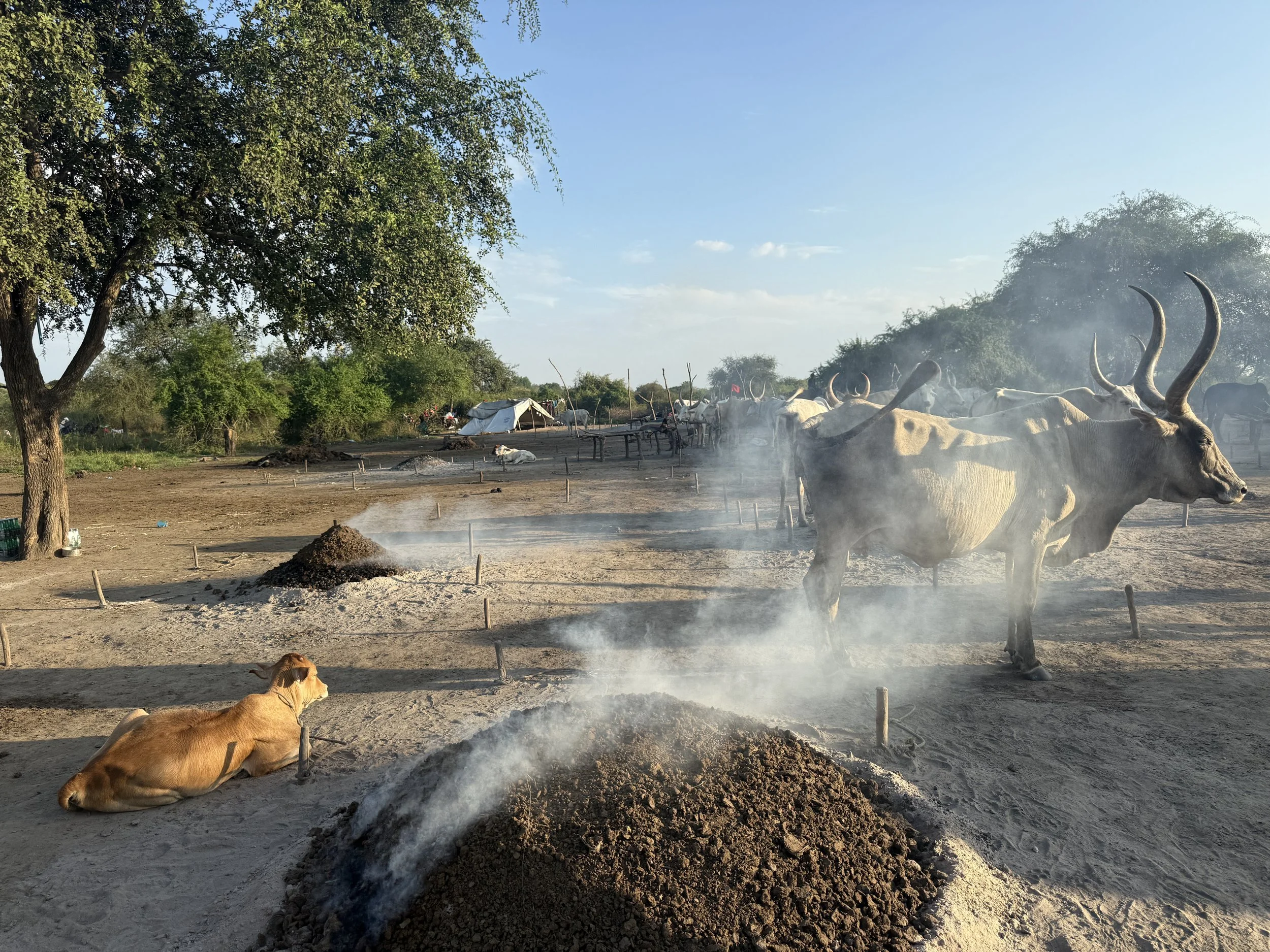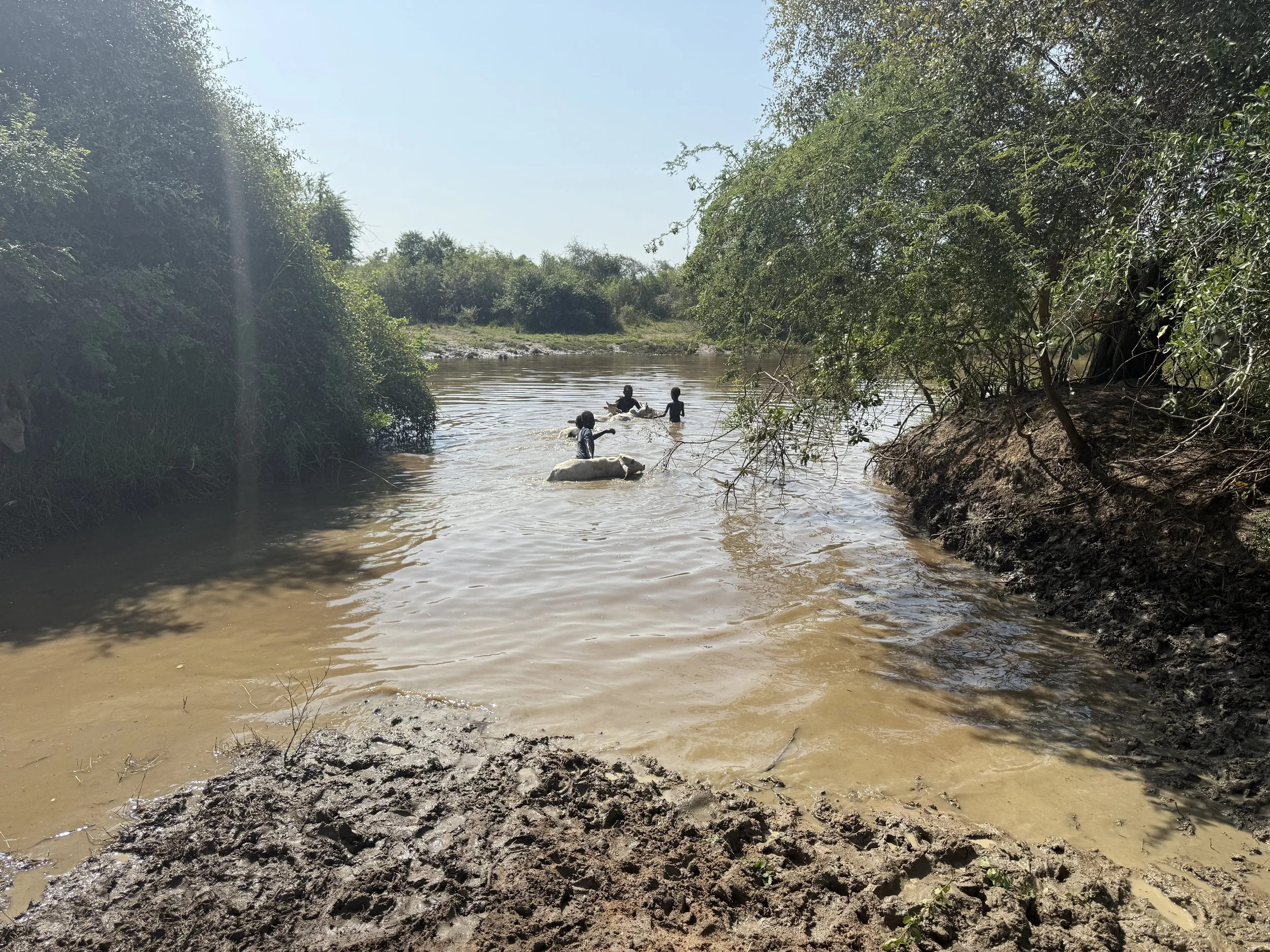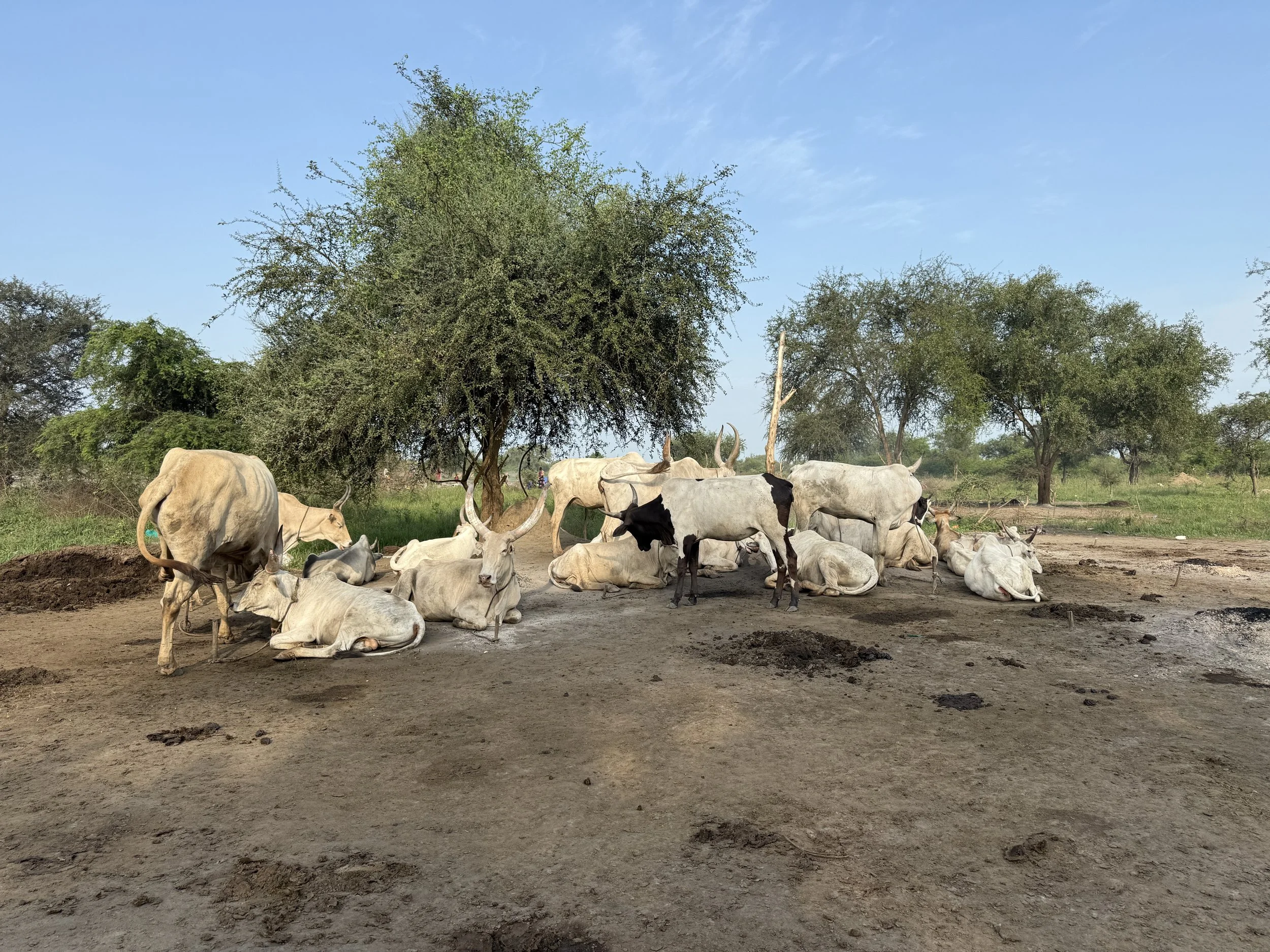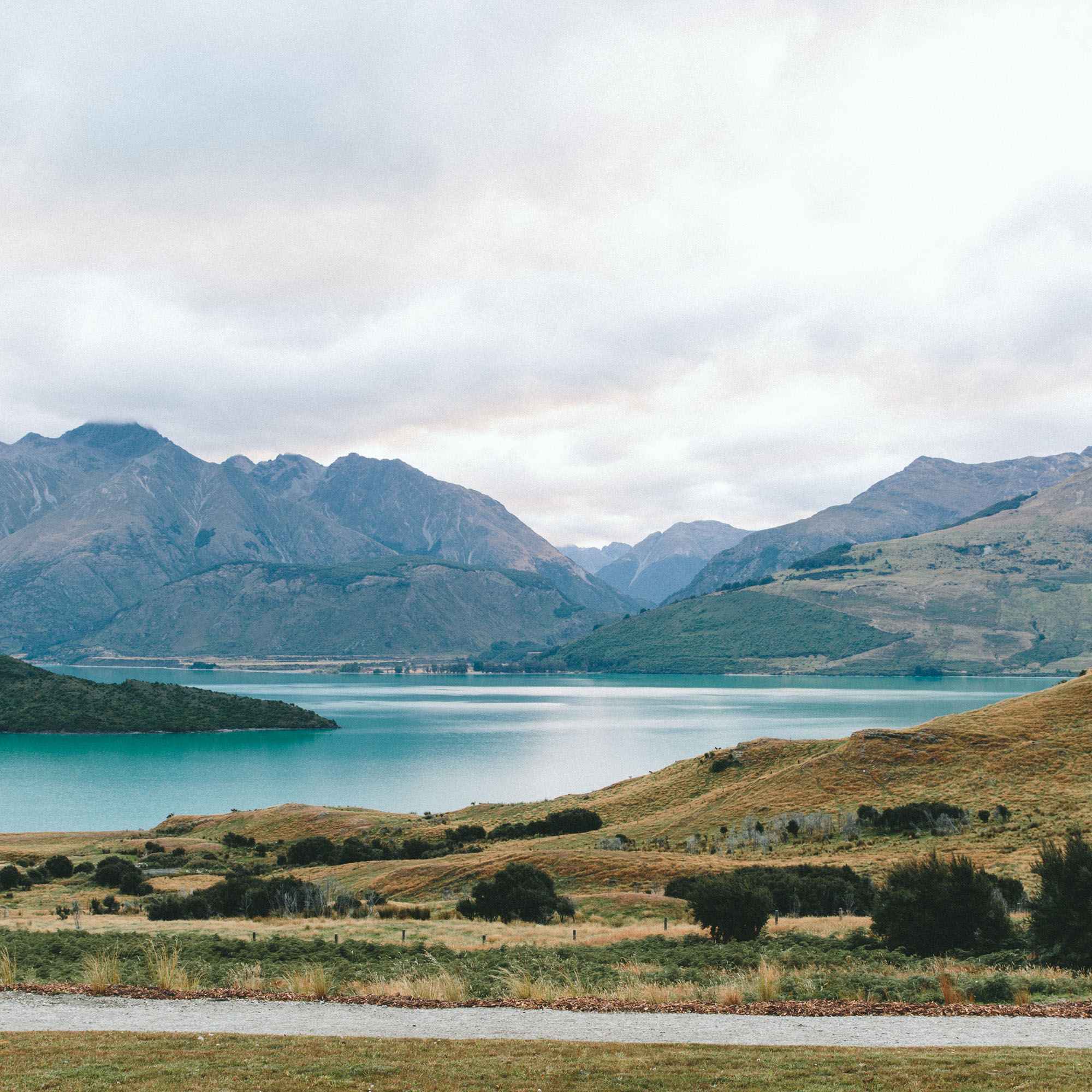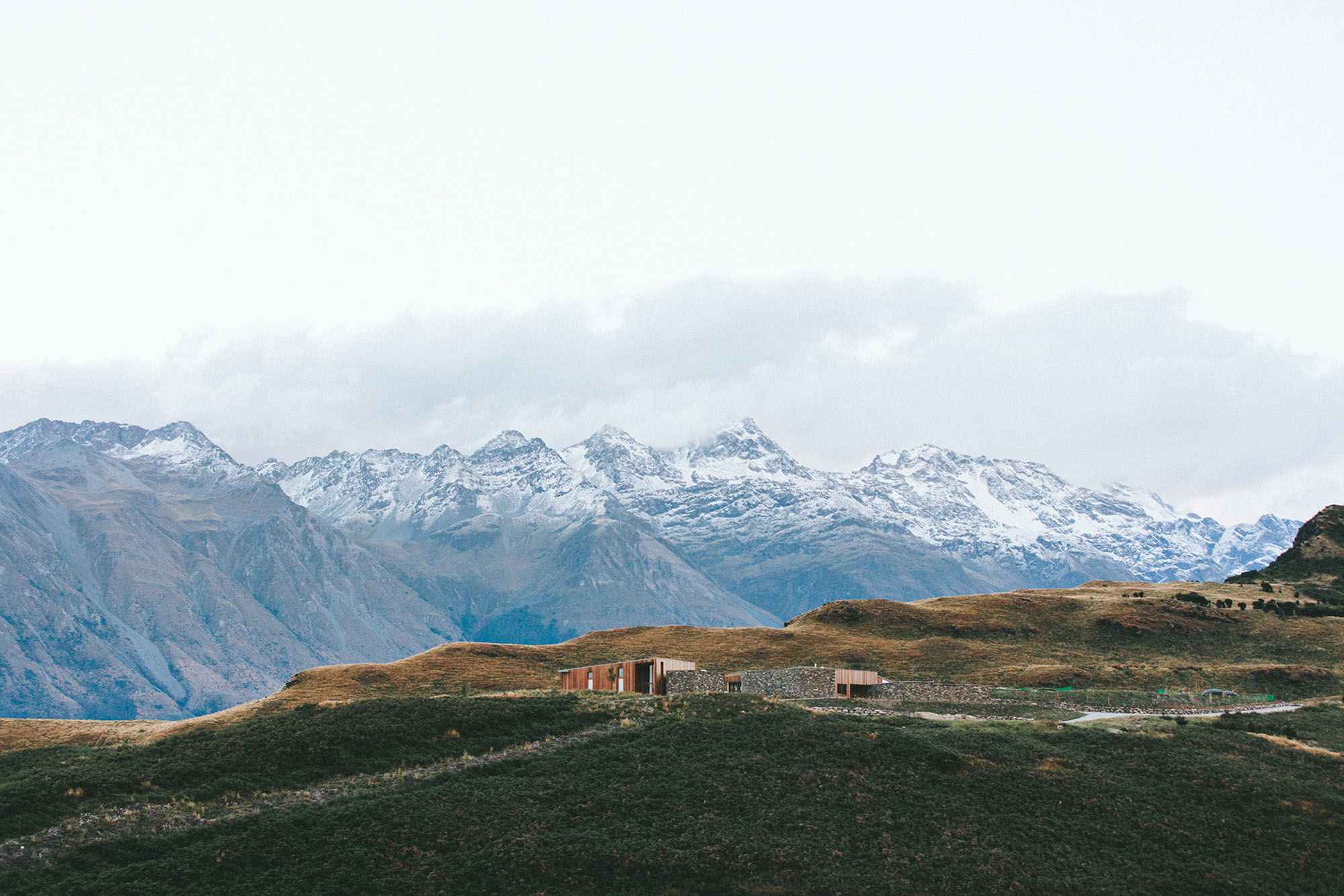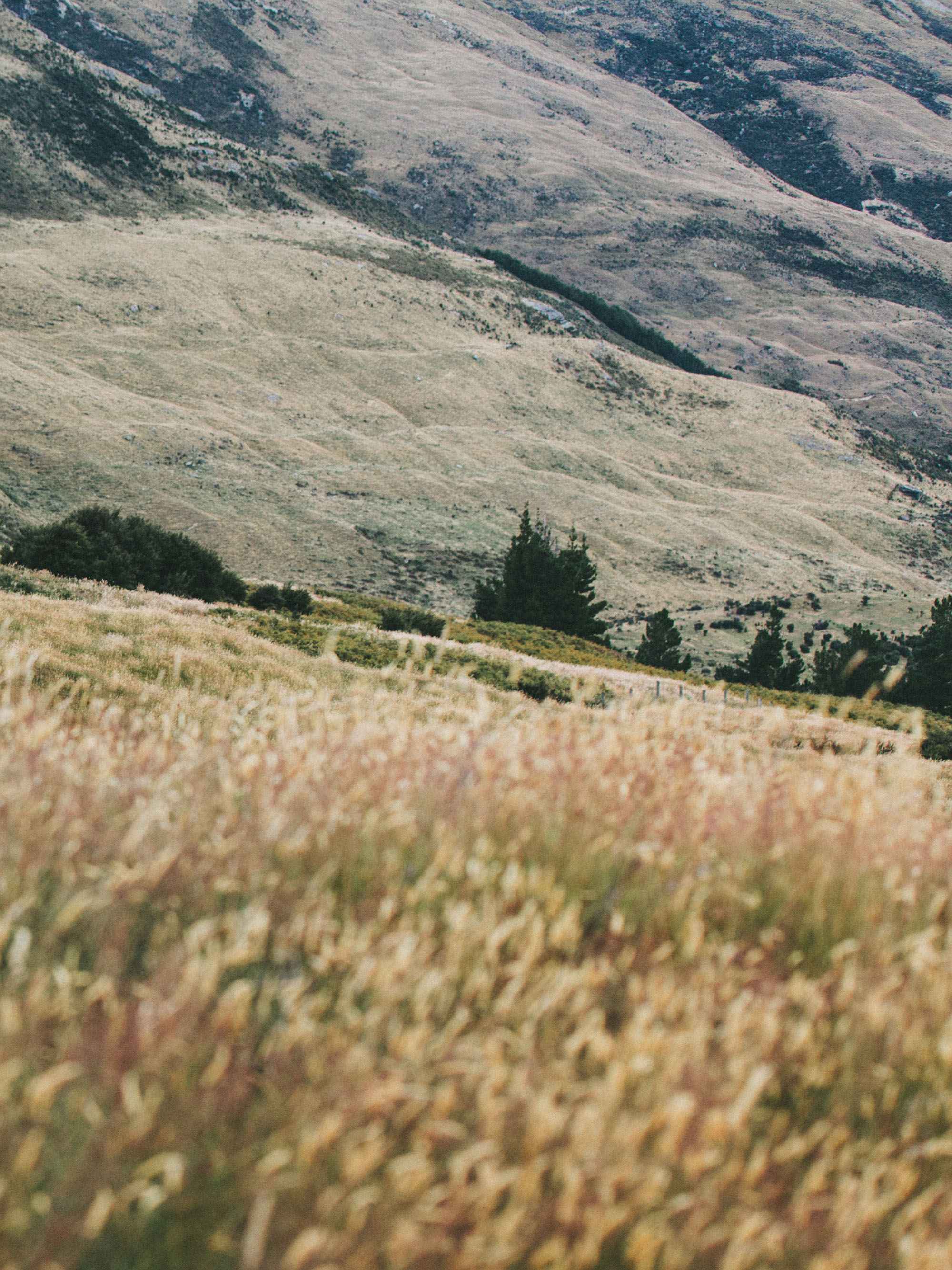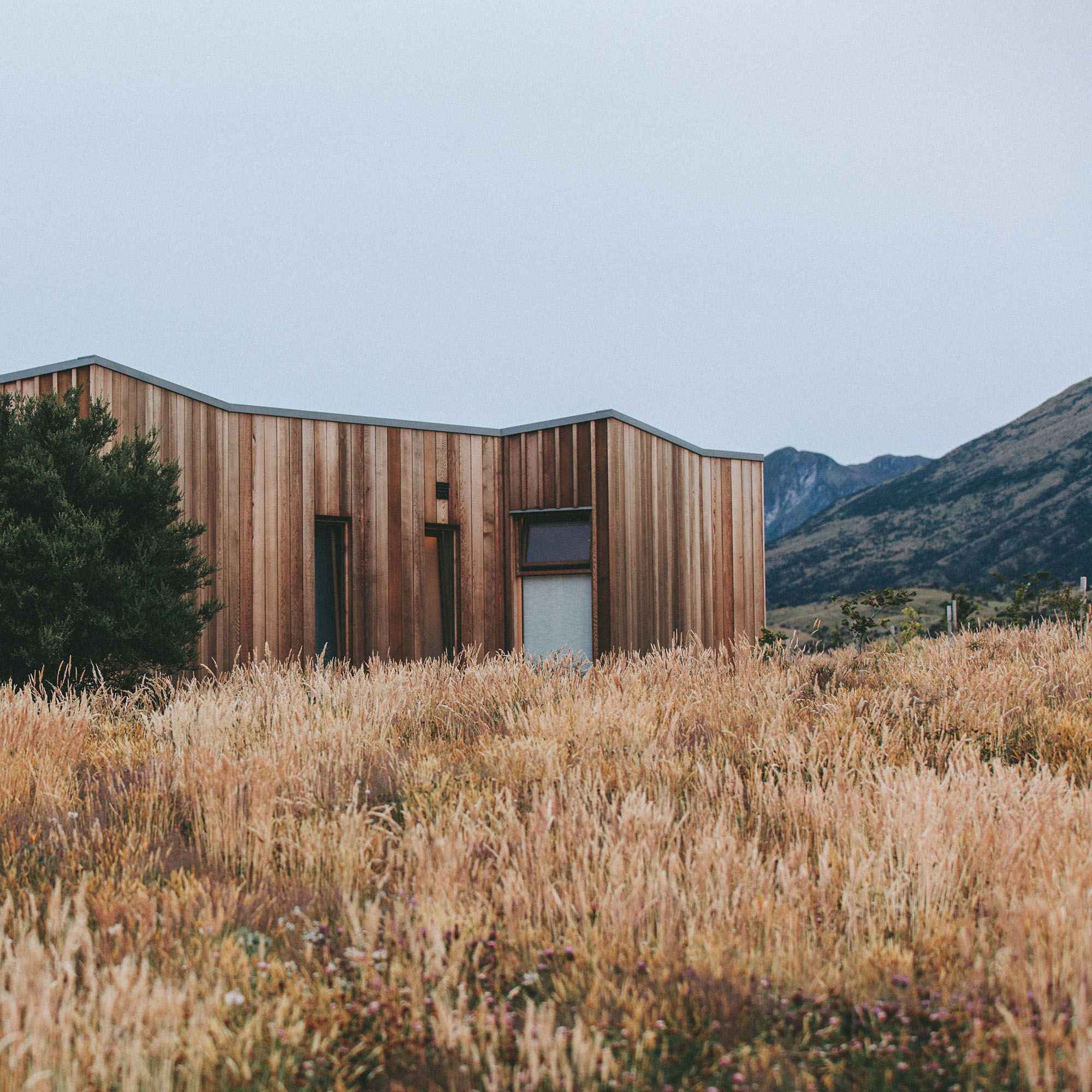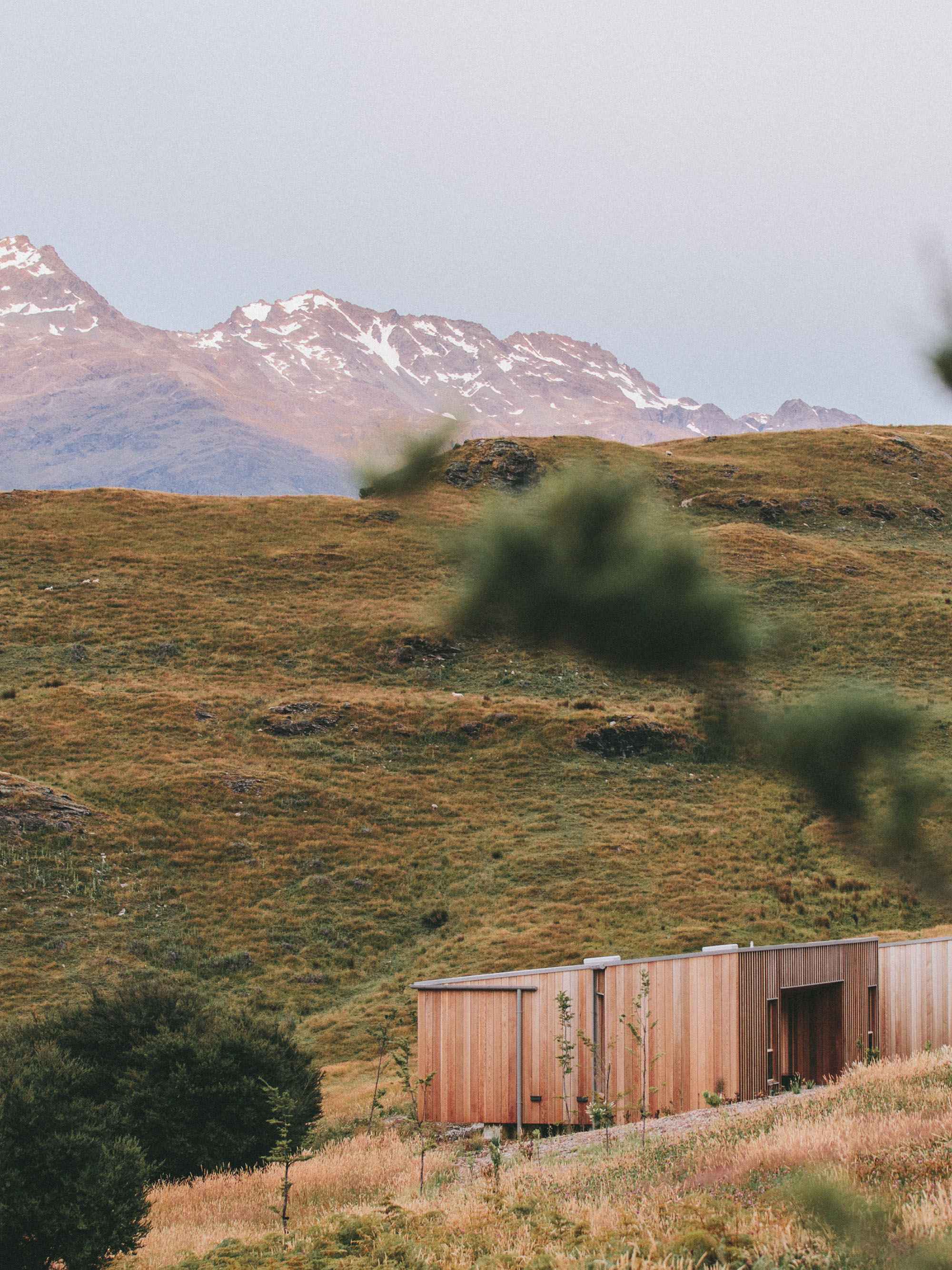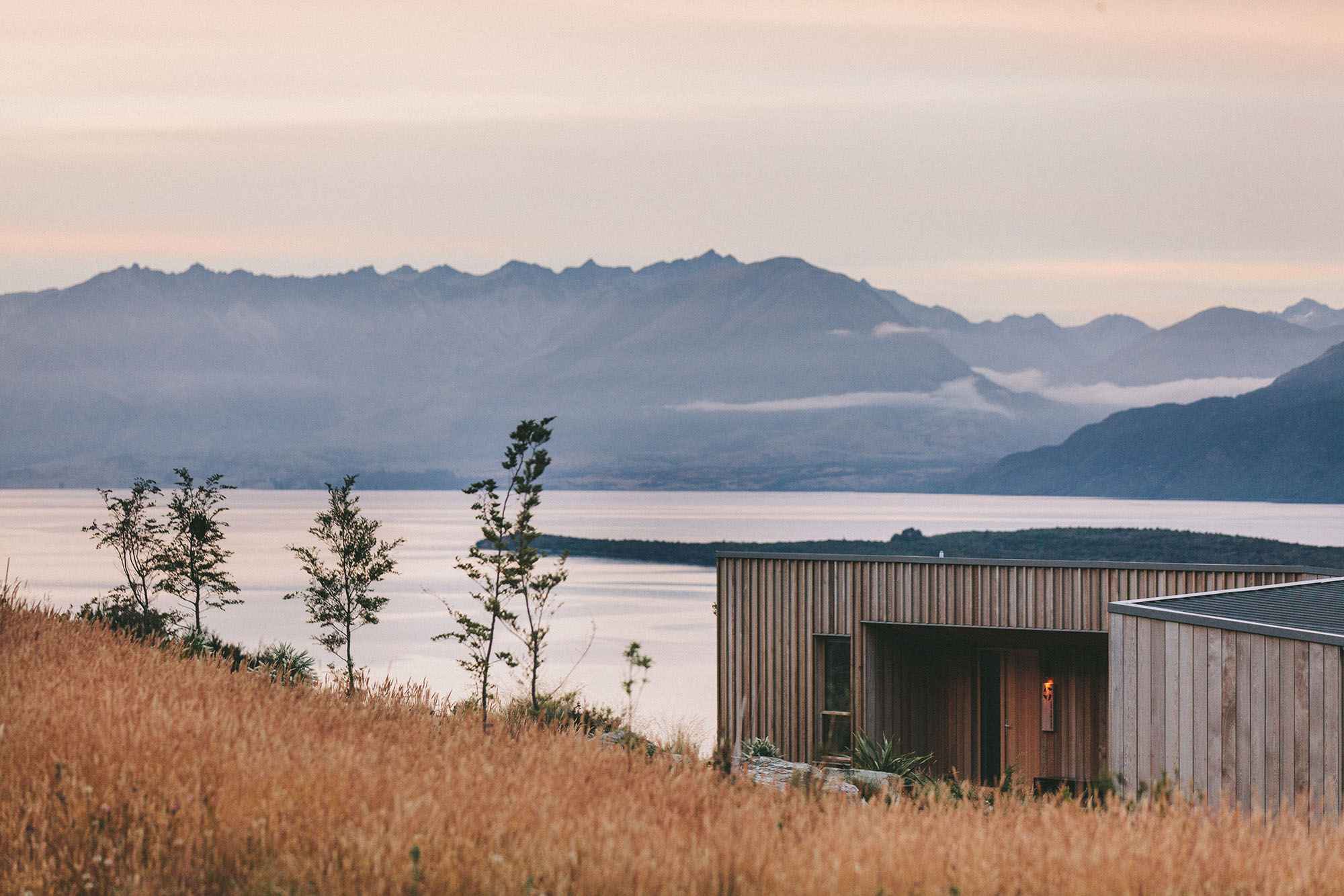South Sudan
Prior to the Most Traveled People (MTP) conference in November 2025 I decided to visit South Sudan with a few friends of mine. Our objective was to visit all 3 of the MTP regions in the country. The journey to Juba was long, with a flight from Buenos Aires to Addis Ababa (via São Paulo) and then an overnight at the in-terminal hotel at ADD airport.
Eventually, I touched down at the dusty makeshift terminal in Juba, the capital of South Sudan. South Sudan is colloquially known as the “youngest country,” since it is the most recent addition to the UN’s General Assembly.
Day 1:
Our local guide met us at the airport and took us briefly around the city before bringing us to a nice riverside restaurant for lunch which affords a view of a sunken boat.
The main touristic draw to South Sudan is the country’s tribes. After lunch, we headed to our first tribe, the ethnic group of the Mundari people. These people keep cows and live semi-nomadically based on the food and water supply for the cows.
At their camps the Mundari take the waste from the cows and burn it. The ash from this combustion is used as sun and insect protection and the smoke helps keep mosquitos away.
Our plan had been to camp for two nights, the first night with the Mundari and then the next day head further north to the Dinka tribe. However, we found out that at the moment the Mundari tribe was very close to Juba. So, after sunset most of us decided to head to the Radisson hotel in Juba since we were running on limited sleep anyway. For $75, I can’t tell you how happy I was to sleep in a proper bed after all that time in transit.
Day 2:
The next morning we went early back to the Mundari tribe in order to have breakfast there and see the cows again before they head out to pasture. The Mundari are known for washing their hair and face with the urine of cows and blowing into the rear of the heifers in order to free the cows that are struggling to get out of the womb. We were able to witness both of these practices.
The cows are tied each to their own wooden post each night, and when they are untied in the morning they immediately begin to head out to pasture in unison.
We spent a few hours at the camp once the cows had left seeing the life of the ladies and the local watering hole.
Then, we moved about 3 hours north to the Dinka camp, marking our second MTP region. The camp was similar, if not a bit larger. We then pitched our tents and got to sleep.
Day 3:
The following morning, we saw the cows move out once again.
Then, we went down to the local port in order to take a boat across the river. We had come to the Dinka camp near this specific town called Minkamman because it is near the White Nile. Our goal was to cross this river in order to reach the final MTP region. However, it is not as simple as crossing the river. The river has many marshlands in the middle, so there are only specific channels that a boat can cross through in order to get to the other side. After a lot of waiting at the port due to negotiations, we spent 45 minutes crossing the river and made it to the city of Bor.
We spent a bit of time walking around the town, and then went to the Park Palace Hotel for an excellent meal of fried fish.
Unfortunately, as it was time to leave, our boat did not turn up. It turns out the guides had prepaid two guys who took us across in advance, so of course they disappeared. In the end, the decision was made to get another boat to take us across. This one was even better since it had a shade cover. Along the way we saw the marshes and a floating platform where fisherman stay.
When we made it back to Minkamman the guides found the original boat drivers and made them pay the other boat that took us across. Impressive. The port was full of dried fish and travelers likely heading up to Bor.
The drive back to Juba took longer than expected because our driver did not have a working phone and when he lost touch with the other cars he spent about an hour searching for them. Turns out the other cars took a different road in order to find gas. However, we soon enough made it back to Juba and went straight to the Imperial Plaza Hotel where the group heading to Abyei was meeting ahead of the next day’s trip.
The trip to South Sudan was a success. We got to visit two of the most iconic ethnic groups of the country and visit all 3 of the MTP regions. Traveling in this country is not without its complications, but sometimes that’s a part of the adventure.
